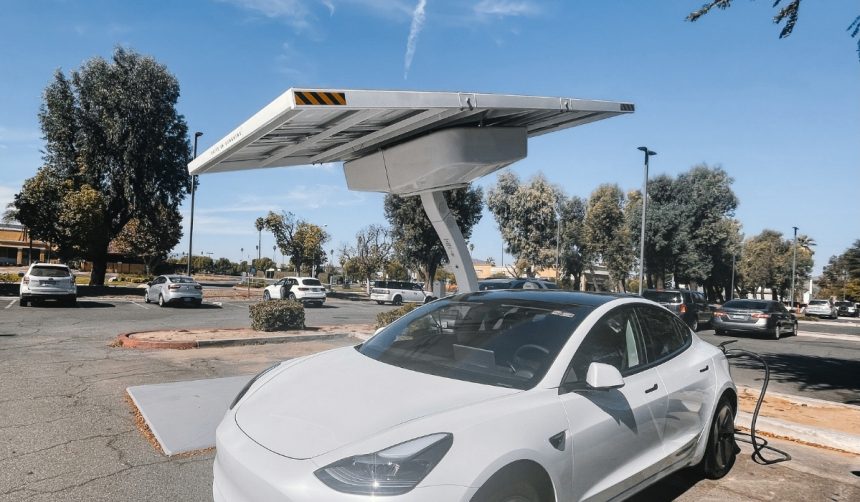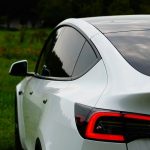Delivery of the first Tesla Megapack 2XL units has marked a significant step for Australia’s Stanwell Battery Project, a site poised to support Queensland’s transition from coal-based energy to cleaner alternatives. The Stanwell facility, constructed near Rockhampton, is intended to replace the region’s aging Stanwell coal plant. With the project now receiving its initial batch of Megapacks, regional stakeholders anticipate accelerated progress towards renewable targets. This development arrives as Australia intensifies efforts to phase out coal use by mid-2030s, highlighting the growing role of battery energy storage in the country’s electricity infrastructure.
While similar Megapack deployments have occurred in other parts of Australia, such as the Hornsdale Power Reserve in South Australia, the Stanwell Battery Project will feature 324 Tesla Megapack 2XL units, making it one of Queensland’s largest battery installations to date. Other recent reports referenced early shipments from Tesla’s Shanghai factory in March, emphasizing the global scale of Tesla’s battery business. The timeline for full operation at Stanwell sets it apart, with phased commissioning starting in November 2025 and complete activation scheduled for May 2027, notably aligning with state policy to gradually decommission coal plants.
Why Does Stanwell Battery Project Matter for Queensland?
Stanwell’s battery system, designed for 300MW/1,200MWh output, is expected to bolster grid flexibility as the state phases out coal-fired power. The Queensland government. aims to achieve an 80 percent renewable energy share by 2035, and the Stanwell Battery is a key part of that target. According to Angie Zahra, Stanwell Central Generation General Manager,
“The Stanwell Battery is part of the diversification of our portfolio, to include cleaner and more flexible energy solutions.”
Besides providing large-scale energy storage, the facility addresses intermittency challenges tied to solar and wind sources.
How Are Tesla Megapacks Supporting Energy Transition?
Tesla’s Megapack 2XL units offer utility-scale storage, capable of discharging 300 MW of power for four hours straight. The company manufactures these units at factories in Lathrop, California, and Shanghai, China, with both facilities projected to reach a combined production of 20,000 units annually. Notably, the Shanghai Megafactory began shipping devices to Australia in 2025, supporting multiple battery projects across the country. The rapid production rate—the Lathrop facility reportedly assembles a Megapack every 68 minutes—reflects how battery technology is scaling to meet surging demand for renewable energy infrastructure worldwide.
What Economic and Social Outcomes Are Expected?
The Stanwell Battery Project is forecasted to generate approximately 80 local jobs during construction. The project will be delivered in partnership with government-owned Yurika, ensuring public investment aligns with regional development imperatives. As coal plants at Stanwell, Tarong, and Callide prepare for phased closures, battery energy storage installations such as Stanwell are increasingly positioned to anchor Queensland’s evolving grid. Coordinated efforts to deploy these assets form part of a long-term economic transition plan, balancing jobs, local investment, and decarbonization.
Utility-scale battery installations like the Stanwell Battery Project illustrate how partnerships among governments, manufacturers such as Tesla, and operators like Stanwell shape energy system upgrades. While earlier projects in South Australia showcased the initial viability of large batteries, Queensland’s embracing of the Megapack’s scale and flexibility signifies growing confidence in substituting battery storage for coal-fired generation. Key details, such as precise commissioning dates and employment projections, allow for tracking the effectiveness of such projects in delivering both reliability and economic benefits. For regions undertaking a shift away from coal, careful planning of transition timelines, supply chain logistics, and local employment form critical elements in realizing ambitious renewable energy targets.










